Glossary
Sustainability is becoming more important for the economy, our actions, and our lives. As a result phrases from this topic are used much more frequently, such as biodiversity, planetary boundaries, ESG, and so on. We have decided to not only increase sustainability in our products but also enhance transparency in our communication. This directory will explain the widely used terms and how we manage them at uvex.
A

Adaptation and Mitigation
Adaptation and mitigation are two different strategies for tackling climate change and its consequences.
Mitigation
Mitigation attempts to contain the causes of climate change. Measures are taken to minimise greenhouse gas emissions, e.g. by switching to renewable energies.
Adaptation
The adaptation strategy is based on the climatic changes that have already occurred and aims to adapt to their (negative) consequences.
At uvex
The uvex group has a clear hierarchy of objectives for achieving its climate protection targets, with the top priority being the avoidance of greenhouse gases. The continuous reduction of energy consumption and the use of green electricity from 100% renewable energy sources contribute to the mitigation strategy, as well as the investment in our own PV systems at various locations. Further information can be found in our brochure.
B

Biodiversity
Biodiversity describes the diversity of all animal and plant species, genetic diversity and the diversity of ecosystems. As one of the nine planetary boundaries, the loss of biodiversity is one of the greatest challenges of our time, along with climate change. Declining biodiversity increases the vulnerability of ecosystems to disturbances and thus also endangers vital services for us, such as good air, clean water and quality soils.
At uvex
When building the new logistics and service centre in Rednitzhembach (Germany), the company places particular emphasis on resource protection and sustainability. A large part of the roofs will be greened and equipped with photovoltaic systems. The German Sustainable Building Council (DGNB) has already awarded the new building a pre-certification in gold. You can find out more about our new logistics site here.
C

Circular Economy
The circular economy is characterised by the efficient use of raw materials for as long as possible. If material and product cycles can be closed, raw materials can be used again and again.
At uvex
We think of the circular economy as a driver of innovation. Did you know that the durability of our products is a key component of the circular economy? In addition, we are currently developing exciting circular products. We see circular economy as much more than just recycling.

Code of Conduct
The Code of Conduct is a collection of key behaviours and principles in a corporate context. The Code of Conduct provides a framework for responsible and ethical behaviour for shareholders, managers and employees.
At uvex
The uvex Code of Conduct is based on internationally recognised guidelines for human rights and labour standards and defines a framework for ethical business conduct, collegial behaviour and social and ecological responsibility. At the same time, it provides a reliable basis for responsible behaviour towards business partners and the public. You can find our Code of Conduct here (PDF).

Corporate Social Responsibility
“Corporate Social Responsibility” or CSR for short is the social responsibility of companies in the sense of sustainable business. CSR is the responsibility of companies for their impact on society. This includes social, ecological and economic aspects, such as those set out in internationally recognised reference documents on corporate responsibility.
At uvex
As a family-owned company with nearly 100 years of history it’s been and will be our natural duty to take long-term responsibility. This is, of course, not just in economic terms but equally our social and ecological responsibility.
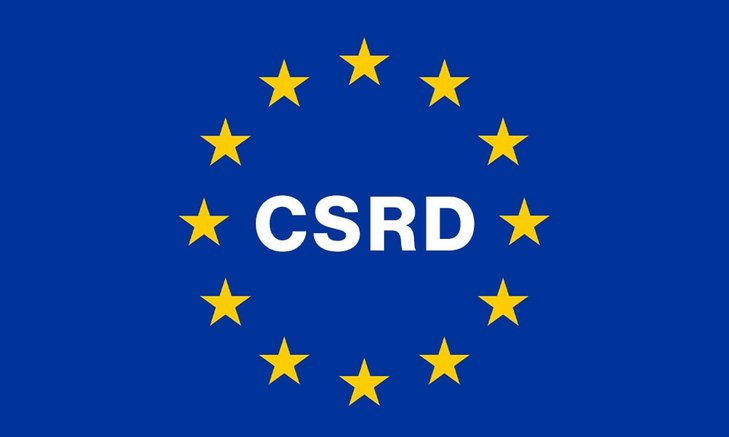
Corporate Sustainability Reporting Directive
The Corporate Sustainability Reporting Directive (CSRD) is a European Commission regulation. It aims to ensure that companies disclose their sustainability information (corporate governance and the environmental and social impact of their business activities) in a comprehensive and transparent manner.
At uvex
The uvex group will be affected by the CSRD reporting requirement from the 2025/26 financial year. These are the specific implications:
- Comprehensive reporting according to uniform standards.
- Consideration of double materiality: impact on people, the environment and the company itself through sustainability issues.
- Independent external verification of sustainability and financial reporting.
- Sustainability information is integrated into the annual report.
- Use of a consistent electronic reporting format.

Cradle to Cradle
Cradle to Cradle (C2C) is a concept for a sustainable circular economy in which materials are completely reused either biologically or technically. The aim is to avoid waste and environmental pollution. The Cradle to Cradle Certified® product standard evaluates products in five categories: Material health, product circularity, clean air and climate protection, water and soil stewardship, and social fairness.
At uvex
The uvex suXXeed greencycle planet collection has been awarded Cradle to Cradle Gold certification as it has been fully developed to be returned to the biological cycle, i.e. all materials and components are home-compostable. We aim to make a statement with this collection and prevent textile waste.
D
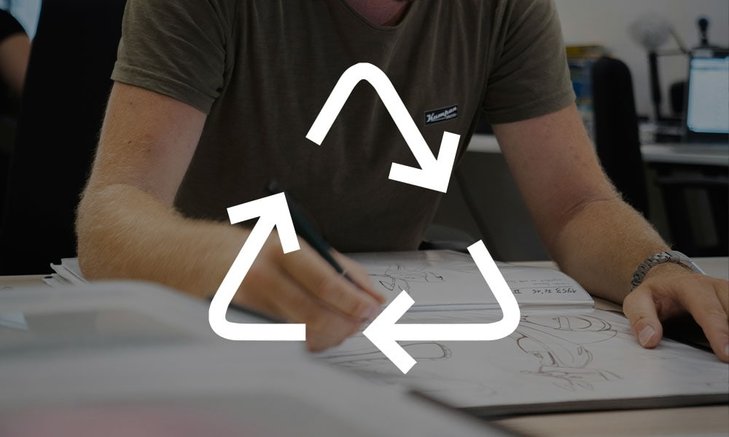
DFR
Design for Recycling (DFR) is a strategy in which companies adjust their products and processes to make recycling and reusing materials easier. Purposeful material and design choices focus on using as few, easily separable components as possible to ensure a high recycling rate and effective reuse.
At uvex
Using this strategy, uvex developed the protecting eyewear uvex pure-fit. With a brand-new production technology, the uvex pure-fit can be manufactured fully automated from a single material without any additional assembly. uvex pure-fit enhances how the design process already provides the foundation for a 100% recyclable product.
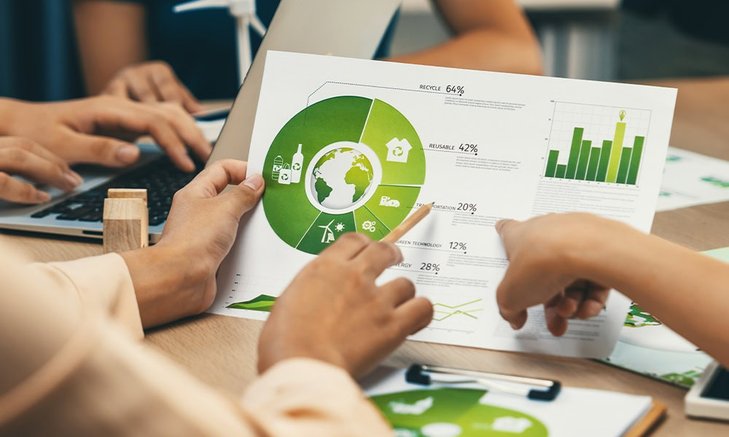
Double materiality
Double materiality is part of the new features of the CSRD (Corporate Sustainability Reporting Directive) and forms the basis for deriving strategically relevant sustainability topics and reporting obligations. Companies approach sustainability aspects from two different perspectives.
Inside-Out
The “inside-out” perspective describes the positive and negative effects of corporate actions on the environment and society.
Outside-In
The “outside-in” perspective highlights the opportunities and risks that sustainability issues pose to a company’s financial situation and the future viability of its business model. Once an issue is considered relevant from at least one of the two perspectives, it becomes subject to reporting.
At uvex
The materiality analysis supports uvex in determining the 4 key focus areas. Those determine how sustainability is implemented at the uvex group today and in the future. Here you can find out which focus areas these are.
E

Ecosystem
An ecosystem is a dynamic complex of communities and is composed of living organisms (biocenosis) – animals, plants and microorganisms – and their non-living environment (biotope). Examples of ecosystems are forests, rivers, oceans or swamps.
At uvex
Our corporate mission protecting people is more relevant than ever. Protecting planet is the natural continuation of this mission. As a result, we are doing our utmost to become CO2 neutral by 2045 and are currently developing concepts for circular products to contribute to the protection of the planet. More details can be found in our protecting planet brochure.

Ellen MacArthur Foundation
The foundation promotes the circular economy by working closely with businesses, academics, and governments. Its aim is to keep materials and resources in a closed loop in order to reduce waste and pollution. By fostering collaboration, the foundation seeks to counteract climate change and the loss of biodiversity.
At uvex
Since July 2023, the uvex safety group has been part of the Ellen MacArthur Foundation Community. As a result of this membership, uvex can benefit from a global network to promote its sustainability goals, drive more sustainable development initiatives and innovative, environmentally friendly solutions. Already, uvex has integrated initial circular economy practices such as the composting of apparel materials and the use of recycled materials into its existing product portfolio.
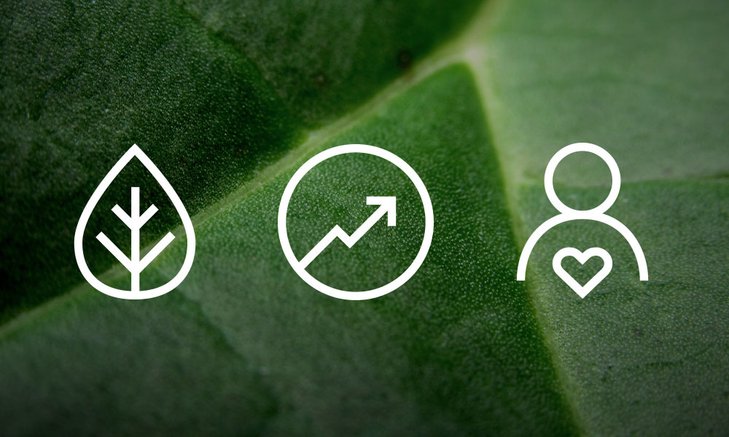
ESG
The term “ESG” has become established as the standard for sustainable financial investments. These three letters describe three sustainability-related areas of responsibility of companies: Environmental, Social and Governance (sustainable corporate management).
At uvex
We disclose all our measures to meet our responsibilities in all three areas. To find out more about our sustainability activities and corresponding key figures, visit our sustainability report.
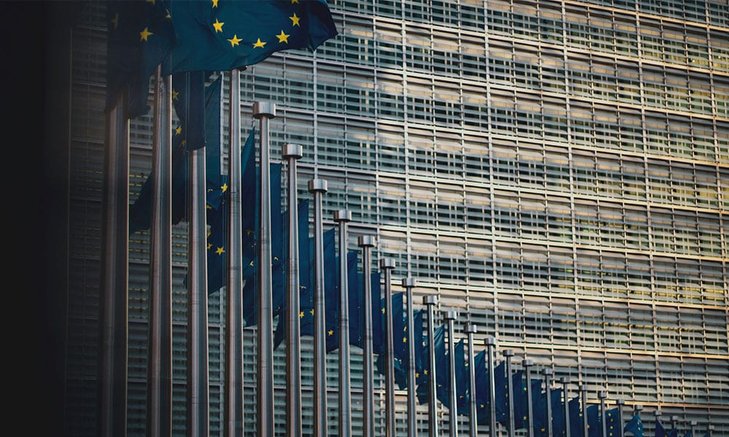
EU Taxonomy
EU classification system that classifies economic activities according to their ‘environmental impact’. The taxonomy is designed to support businesses make the transition to a more sustainable economy. It also helps to channel investment into sustainable economic activities. The taxonomy covers six environmental objectives:
- Climate change
- Adaptation to climate change
- Sustainable use and protection of water and marine resources
- Transition to a circular economy
- Prevention and reduction of pollution
- Protection and restoration of biodiversity and ecosystems
At uvex
From 2026 onwards, uvex will also report according to taxonomy criteria in its sustainability report. This will ensure greater transparency regarding the ecological impact of the uvex group’s economic activities.
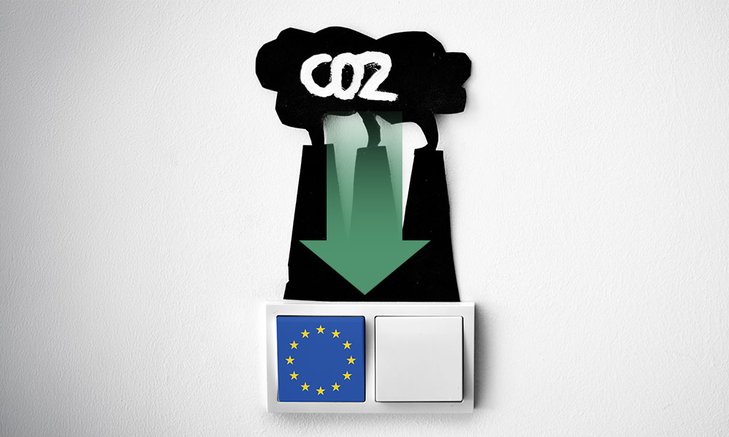
European Green Deal
The European Green Deal is a concept presented by the European Commission with the goal of reducing net greenhouse gas emissions in the European Union to zero by 2050 and thus becoming the first “continent” to become climate neutral. The European Green Deal includes the “Fit for 55” package of measures and the Corporate Sustainability Reporting Directive.
At uvex
uvex takes its role in the Green Deal very seriously. We have set ourselves the goal of being climate neutral by 2045. In so doing, we are actively shaping the transformation to a climate-neutral economy together with our customers and suppliers.
F

Fit for 55
The EU’s “Fit for 55” package of measures which collates various directives and regulations aimed to reduce the EU’s CO2 emissions by 55% by 2030 compared to 1990. “Fit for 55” is part of the European Green Deal.
At uvex
At uvex, we have defined clear targets and measures to reduce CO2 emissions across the group. For example, short delivery routes, the use of green electricity, investments in state-of-the-art technologies for more efficient production or the promotion of public transport tickets for our employees directly reduce our CO2 emissions.
G
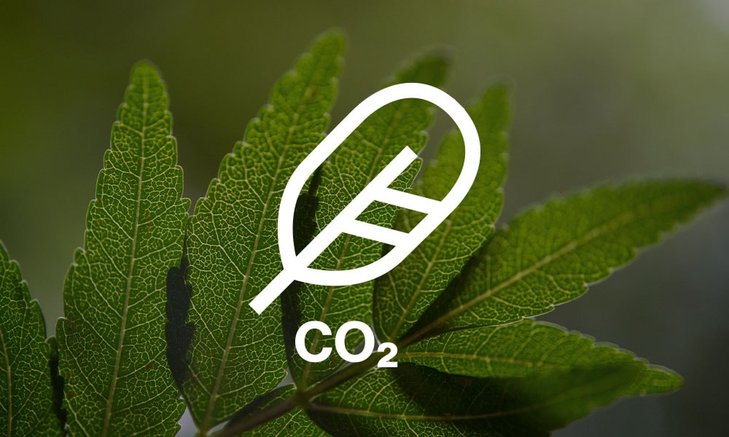
GHG Protocol
The Greenhouse Gas Protocol is an international standard for the accounting of greenhouse gas emissions. Three different “scopes” are considered: Scope 1 refers to direct emissions, Scope 2 to indirect emissions from externally generated energy and Scope 3 includes all emissions from the upstream and downstream value chain.
At uvex
“You can’t manage what you can’t measure” To achieve our goal of climate neutrality by 2045, we need reliable data. We measure our Scope 1 & 2 emissions and calculate the CO2 footprints of our products as a data basis for the Scope 3 calculation. As a result, we can make the emissions comparable, continuously improve them and thus identify further CO2 savings potential. You can find more information on our ecological key figures here.
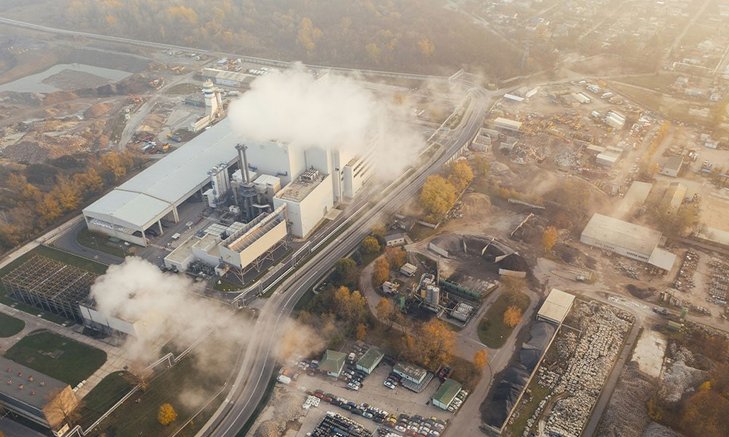
Greenhouse Gases
Greenhouse gases (GHGs) hinder heat radiation into the atmosphere. This so-called greenhouse effect leads to global warming of the earth’s surface. The Kyoto Protocol defines the six most important GHGs, including for example carbon dioxide (CO2) and methane (CH4). To compare the different gases and their effect on the climate, they are converted into a single number using a calculation. This number is called CO2 equivalents (CO2-eq).
At uvex
uvex has set itself the goal of being climate neutral by 2045. Therefore, the top priority is to avoid greenhouse gases, e.g., by using 100% green electricity in 98.4% of our energy consumption. If greenhouse gas emissions cannot be avoided, they are to be reduced to an absolute minimum. Only those emissions that are unavoidable are to be offset via certified climate protection projects.
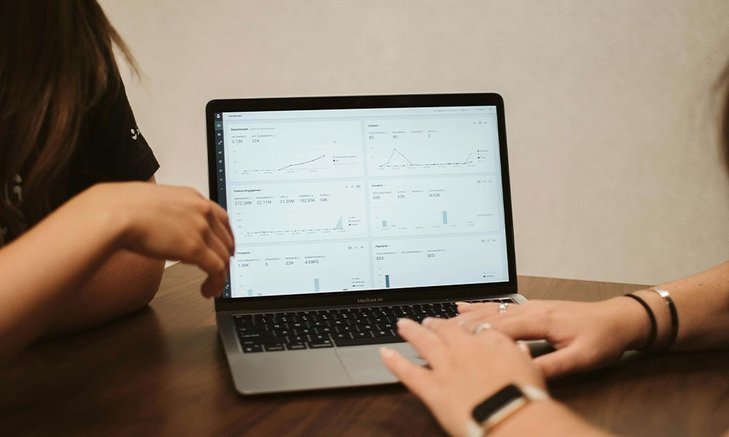
GRI
The Global Reporting Initiative (GRI) is a globally recognised standard for voluntary sustainability reporting. Since 1997, it has provided companies with a framework to transparently and comprehensibly present their environmental, social, and economic impacts.
At uvex
Since 2014, uvex has been using the GRI standard to transparently communicate our sustainability goals and progress. Particularly relevant is the GRI Index 103, which defines our four focus areas that form the core of our sustainability transformation. More information can be found in our sustainability report.

GWP
The Global Warming Potential (GWP) is a unit of measurement that compares the climate impact of different greenhouse gases over a certain period of time. A higher GWP means that the gas contributes more to global warming. Understanding the GWP helps to better assess the impact of different emissions on the climate and how to develop suitable measures to reduce them. Methane, for example, has a GWP of 28-34 over a period of 100 years, which means that 1 kg of methane has the same climate impact as 28-34 kg of CO2. This shows that even small amounts of methane in the atmosphere have a major effect on global warming.
At uvex
To calculate the CO2 footprints of products, uvex uses the GWP 100a, i.e. the Global Warming Potential over 100 years. This expresses how much a greenhouse gas contributes to global warming compared to CO2. The calculation of the CO2 footprints at uvex is therefore based on current scientific data and standardised methods.
I

IPCC
The IPCC ( Intergovernmental Panel on Climate Change) provides comprehensive assessment reports on the current status of the scientific, technical, and socio-economic aspects of climate change. These reports cover the impacts of climate change, future risks, and possible mitigation measures.
At uvex
The Global Warming Potential calculated by the IPCC serves as the basis for several decisions and calculations. As part of the SimaPro software, it is used to calculate the product footprint of uvex products.
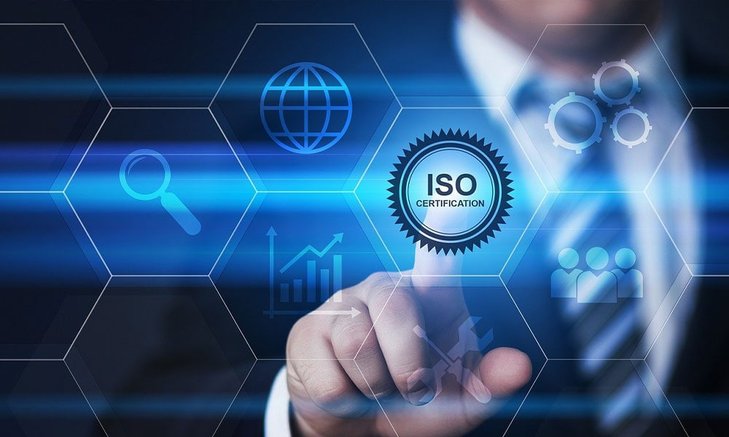
ISO 14001
This standard (full name: ISO EN 14001:2015) from the International Organisation for Standardisation is a globally recognised and certifiable environmental management system. The central elements are the definition of environmental objectives and measures, their implementation and monitoring, and the continuous improvement of environmental performance.
At uvex
uvex is certified to ISO 14001 at many of it’s production sites and offices. By applying this standard, uvex systematically fulfills its environmental responsibility. For us, this means that we are continuously working on improvements of environmental management and have our ambitious targets and measures recertified every year by TÜV Süd as part of the ISO 14001 audit. Click here for more information about uvex-safety’s sustainable standards and certificates
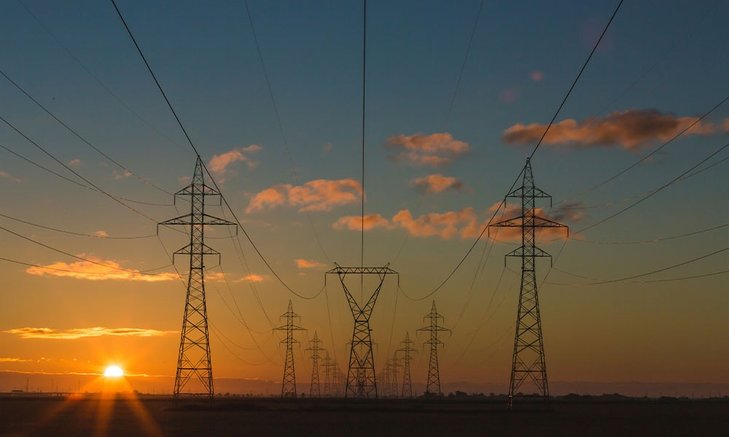
ISO 50001
This standard (full name ISO 50001:2018) defines the requirements for energy management systems and is recognised and certifiable worldwide. The international standard supports companies in enhancing their energy efficiency and cutting their energy costs.
At uvex
The uvex safety group companies are also ISO 50001 certified. During the most recent certification audit in July 2023, two areas received particular praise: The targets with specific measures to reduce energy consumption and the updated vehicle policy, which promotes the use of environmentally friendly vehicles.
M
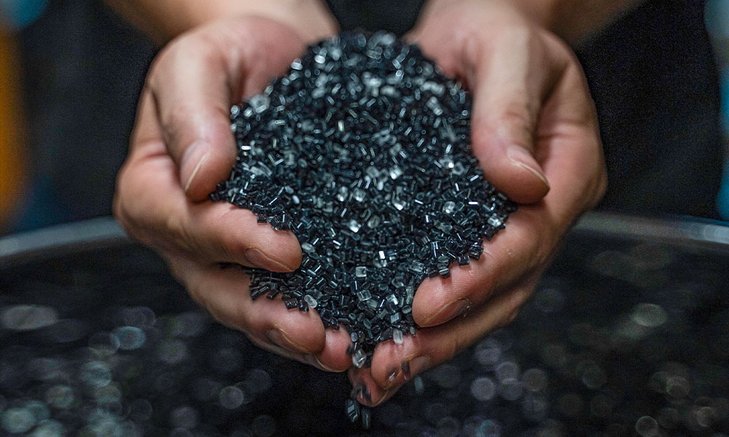
Mass balancing
Mass balancing is an accounting method that indicates the percentage of a particular raw material (e.g. recyclate) used for the manufacture of products within a specific balance sheet area. However, the exact physical proportion of recyclates in the end product cannot be precisely determined.
At uvex
At uvex, mass-balanced material is used for the lens of the uvex pheos nxt planet, for example. This reduces the CO2 footprint of the lens by 24%. By purchasing 100% mass-balanced polycarbonate, uvex is helping to replace fossil raw materials with bio-based or recycled materials.

Microplastics
Microplastics are plastic particles smaller than 5 mm that accumulate in soil, water, and even the air. These particles enter the environment through abrasion, waste or textile fibres and pose a threat to ecosystems and health. Microplastics persist for decades and accumulate along the food chain.
At uvex
To minimise microplastics and other problematic substances, uvex sets high environmental and health standards when selecting materials. Our products are developed in accordance with REACH regulations in order to avoid harmful ingredients. We also provide transparent information on all materials to promote environmentally friendly customer decisions.
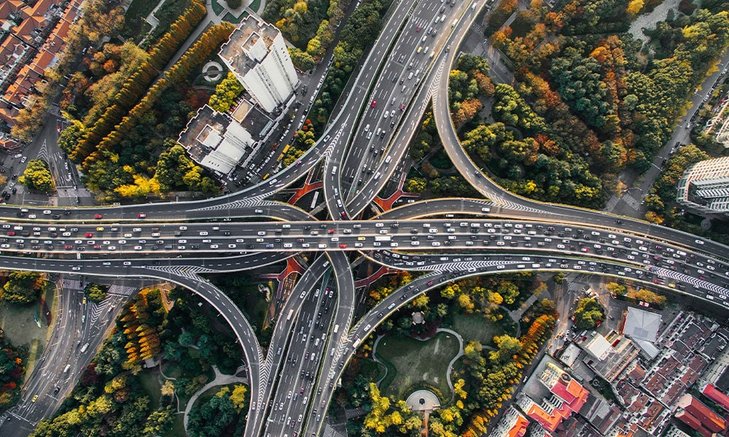
Mobility
Mobility involves the movement of people and the transport of goods. In Germany, the transport sector is a key climate factor with a 21.7% share of CO₂ emissions (as of 2023) – primarily due to motorised road traffic. As emissions have barely fallen since 1990, a shift towards sustainable mobility solutions is urgently needed.
At uvex
In order to actively contribute to reducing emissions, uvex is focusing on a variety of mobility solutions: For example, the Deutschlandticket is subsidised to increase the use of public transport, and employees have the opportunity to use a bicycle for both work and private purposes via the JobRad bicycle leasing model. uvex is also leading the way when it comes to electromobility: targeted investments in the charging infrastructure make it easier for employees to make the switch. With the exception of the sales force, 25% of newly purchased vehicles are already fully electric. This is gradually reducing fuel consumption and CO₂ emissions.
O
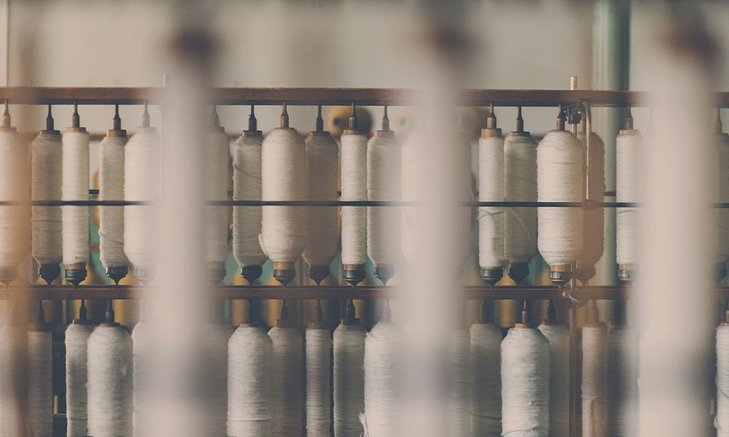
OEKO-TEX® STANDARD 100
The OEKO-TEX® STANDARD 100 is a globally recognised testing and certification system for textiles and accessories such as buttons and zippers. The OEKO-TEX organisation distinguishes between four product classes based on intended use and skin contact. The STANDARD 100 label guarantees consumers that textile products have been tested against strict global standards for protection from harmful substances.
At uvex
Many uvex products, especially protective clothing and gloves, are certified according to OEKO-TEX Standard 100. The more intensive the contact a product has with the skin, the stricter the requirements it must meet. For example, protective gloves fall under the second-highest classification due to their prolonged skin contact. On our website, all products can be filtered based on this criterion.

Offsetting
Offsetting describes the compensation of greenhouse gas emissions through the purchase of emission certificates. These certificates finance climate projects that save or store greenhouse gases and are therefore intended to offset the company’s emissions through their positive effect. It is important to observe a clear hierarchy of objectives, whereby emissions should first be reduced or completely avoided before unavoidable emissions are offset.
At uvex
uvex invests in offsetting projects in Togo and India, among others. These projects aim to create self-sustaining added value through measures such as energy generation, water supply, health and education infrastructure as well as sustainable agriculture and forestry. Here you can find further information about.
P
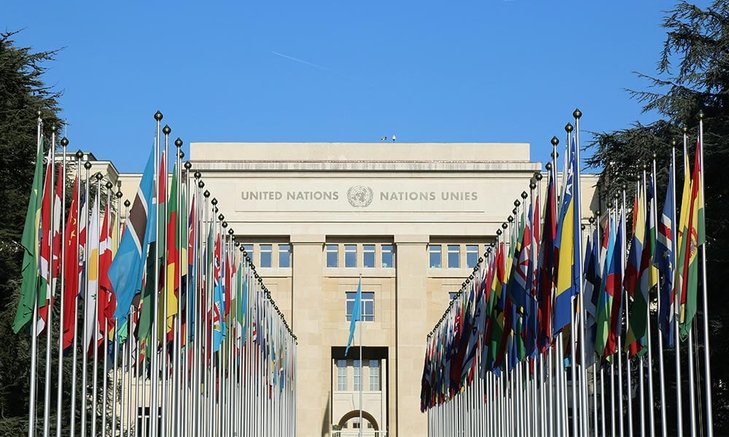
Paris Agreement
An agreement adopted in 2015 at the UN Climate Change Conference (COP21) in Paris to limit the global temperature increase to 1.5°C above pre-industrial levels. For the first time in history, the United Nations has committed to fight climate change and develop concrete steps to implement the national climate contribution.
At uvex
At uvex, we are very aware of our contribution in achieving this goal, which is why we have been sourcing almost 100% of our electricity from green energy sources since 2014 and rely on solar energy (for example at our site in Burgfarrnbach). We have also optimised our production processes to minimise our material and energy consumption.
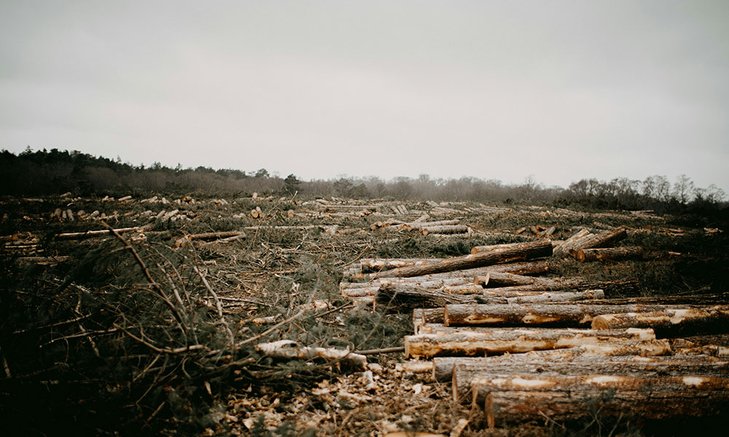
Planetary boundaries
Climate change is one of nine planetary boundaries that threaten the stability of our ecosystem. Others include the decline in biodiversity, changes in land use, e.g. through deforestation, or freshwater consumption. In this context, the planetary boundaries represent a “safe operating space”. If these limits are exceeded – which is already the case for several – the risk of irreversible consequences for the environment and humanity increases.
At uvex
Our four focus areas ecological transformation, social responsibility, circular economy and ecological and health safety cover a broad spectrum of sustainable goals. The combination of these goals is designed to ensure that we, as uvex, integrate respect for planetary boundaries into our actions. You can read more about our four focus areas here.

Product Carbon Footprint
The Product Carbon Footprint (PCF for short) includes the sum of all CO2 emissions of a product or service in the individual phases of the product life cycle. This includes raw materials, production, transport, use and disposal.
At uvex
uvex safety calculates the carbon footprint at product level for an ever growing number of our products. This ensures that you, our customer, have a transparent and reliable metric for your Scope 3 calculation of uvex products. uvex calculates the product carbon footprint using the measurement methodology specified in the ISO 14067 and is externally certified according to this ISO standard. Learn more about the Product Carbon Footprint at uvex
R
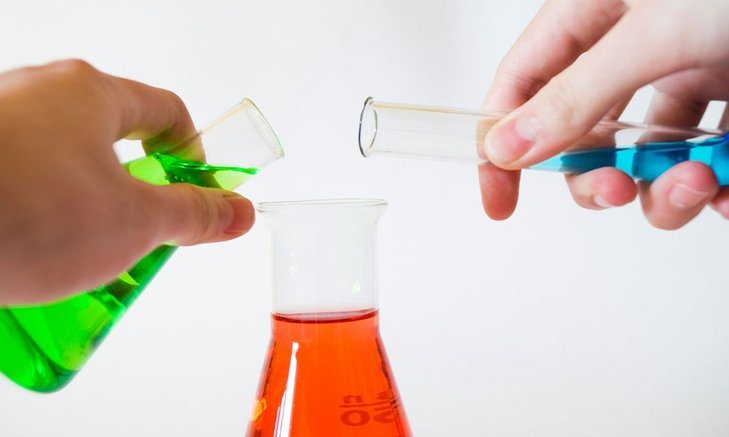
REACH
REACH stands for Registration, Evaluation, Authorisation and Restriction of Chemicals and has been governed by the chemicals legislation in the EU since 2007 to protect people and the environment. It is considered one of the strictest chemical laws in the world.
At uvex
uvex exceeds the requirements of the REACH chemicals regulation through our own Restricted Substances List which is more exacting than REACH, and must also be adhered to by all of our suppliers. This means that the use of harmful substances in uvex products is generally prohibited. As a result, uvex ensures its products are safe for users and do not pose risks to their health or the environment.
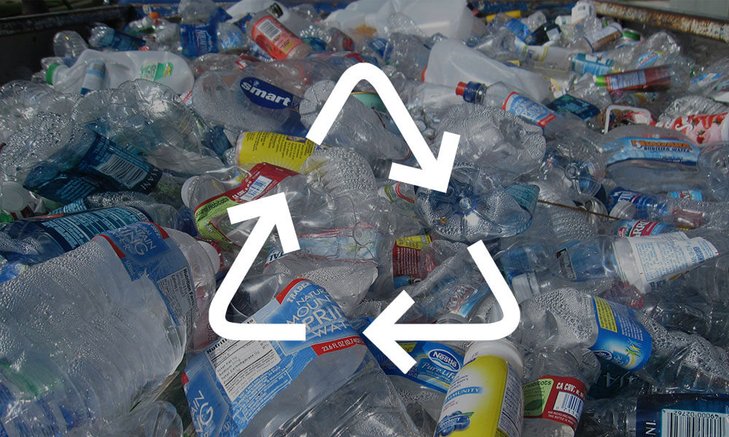
Recyclate
When the word recyclate comes up, in most cases we are talking about plastic recyclate. This is a plastic that has already been passed through the material cycle at least once.
At uvex
As a personal protective equipment manufacturer, safety naturally comes first. However, protecting the planet is equally part of our responsibility, which is why we try to replace plastics with recycled materials wherever technically possible without impacting the product’s performance, thereby significantly reducing our carbon footprint.
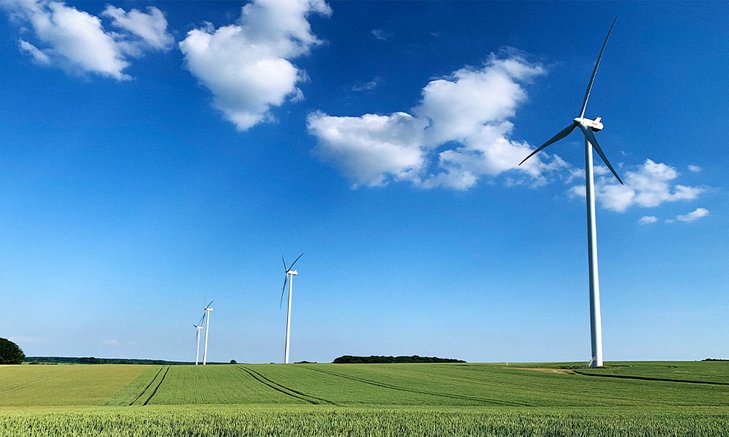
Renewable Energy
Renewable energies are generated from natural sources, such as solar energy, wind energy, hydropower, biomass and geothermal energy. In contrast to fossil fuels, they are environmentally friendly and contribute to the reduction of greenhouse gas emissions. They therefore offer a sustainable alternative to ensure a future-proof energy supply.
At uvex
In addition to purchasing 100% TÜV-certified green electricity from hydropower since 2014, the uvex group is also focussing on photovoltaics as a future-oriented energy source. Photovoltaic systems are already in operation at several locations, making a significant contribution to CO₂ reduction. In 2023, a total of 194.7 kWp of photovoltaic power was installed, which was further increased in 2024 by additional projects in Rednitzhembach (~780 kWp) and Fürth (~1.4 MWp). The uvex group has been using green gas since 2016 and offsetting emissions from gas combustion through sustainable projects.
S
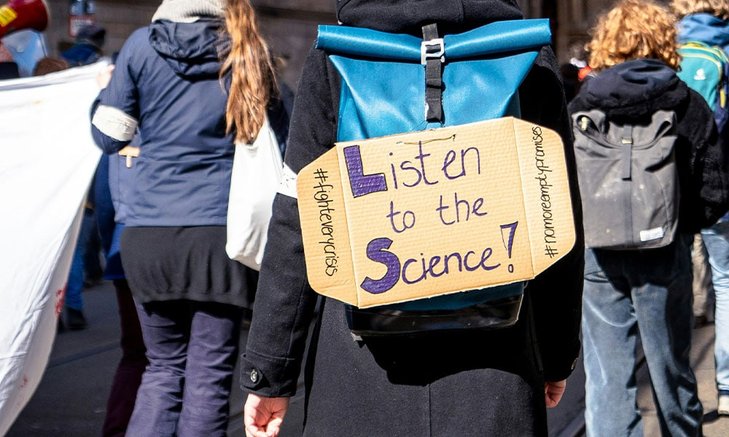
Science Based Targets
Science-based targets (SBTs) are ambitious goals designed to keep global warming resulting from greenhouse gases produced by companies, within 1.5°C of pre-industrial levels. The Science Based Targets Initiative (SBTi) supports and controls companies in meeting their emission reduction targets.
At uvex
We have set ourselves the goal of achieving climate neutrality for the uvex group, including the upstream and downstream value chain, by 2045. In September, we further solidified our pledge to the Science Based Targets Initiative (SBTi) by signing the letter of commitment. This means we will set science-based climate targets, rigorously assessed by SBTi experts ensuring our goals align with the latest climate science.
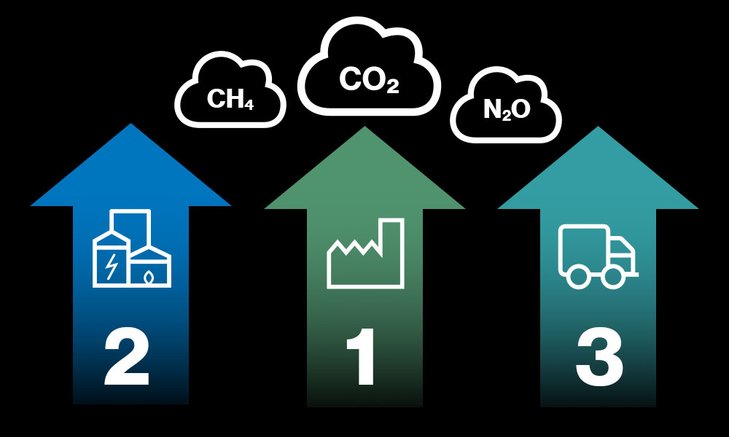
Scope 1, 2 and 3
The terms “Scope 1”, “Scope 2” and “Scope 3” are used to describe different areas of greenhouse gas emissions caused by an organisation.
Scope 1
These emissions refer to the direct emissions caused by an organisation’s activities, such as the combustion of fossil fuels in its own facilities, process emissions and the use of refrigerants.
Scope 2
These emissions refer to the indirect emissions resulting from the purchase of electricity, heat or cooling produced and supplied by third parties. This takes into account the CO2 emissions generated by these energy sources.
Scope 3
These refer to all other indirect emissions caused by an organisation’s activities along the value chain, such as emissions from purchasing raw materials, transporting goods, providing services or disposing of waste.
At uvex
uvex already calculates Scope 1 and 2 and publishes these transparently in its sustainability report. We are currently working on the calculation of Scope 3.
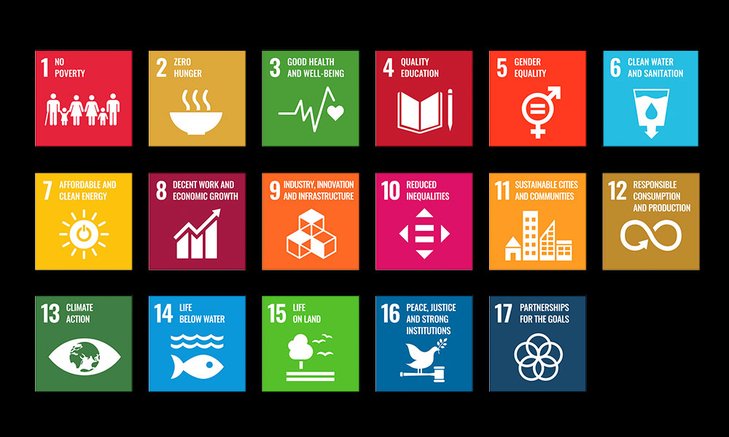
SDGs
The 17 Sustainable Development Goals (SDGs) of the United Nations (UN) aim to collectively address global challenges such as poverty, inequality, climate change and environmental degradation by 2030, while creating prosperity and peace.
At uvex
Of course, the companies are also called upon to implement these ambitious goals. At uvex, for example, we contribute to goal no. 12 (sustainable consumption and production) by optimising our production process in terms of energy efficiency, material use and wastage as well as leading the way towards a circular economy. But that is not all! If you are curious about how else uvex contributes to the SDGs, you can find out more here: uvex sustainability report
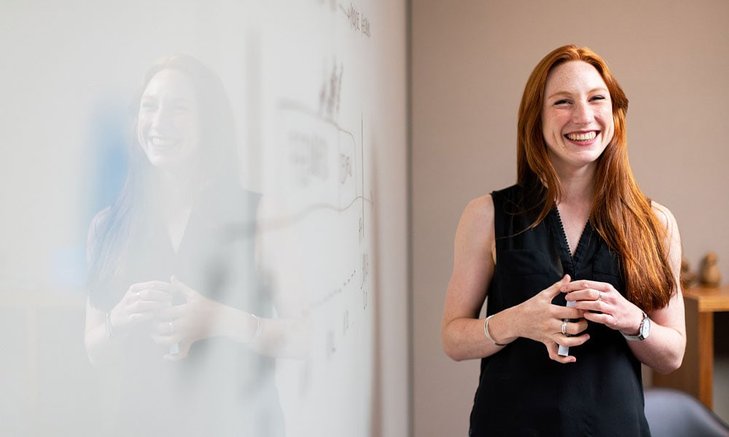
Social standard
Social standards are regulations between employee’s and employers’ organisations that intend to protect the rights of employees and improve their situation. These basic principles can also be extended to suppliers and business partners.
At uvex
As a responsible manufacturing company, uvex introduced its own social standard back in 2006. This sets out ecological and social guidelines for uvex suppliers and business partners. In order to be able to guarantee the social standards of our suppliers, uvex arranges for them to be audited by external service providers.

Stakeholder
Stakeholders are individuals or groups who have an interest in, can influence, or are directly or indirectly affected by a company’s activities. Examples include customers, suppliers, NGOs, shareholders, employees and many more.
At uvex
The uvex group interacts with its stakeholders in a variety of ways. We take a close look at their interests and suggestions. In this way, we create transparency, promote acceptance and lay the foundations for successful cooperation. You can find more information about our stakeholders and our stakeholder management here.
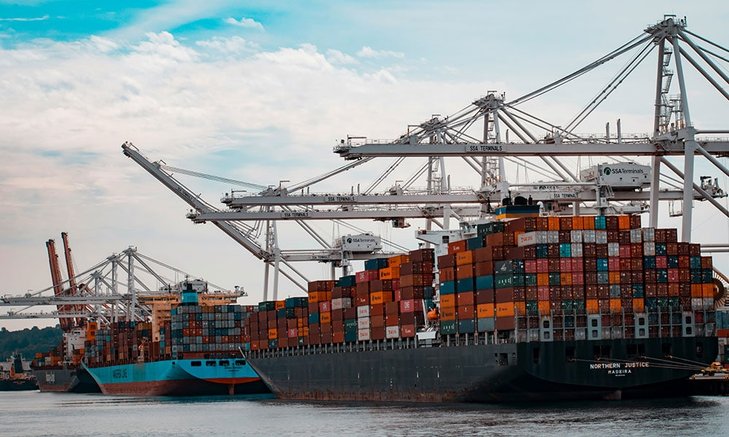
Supply Chain Due Diligence Act
The Supply Chain Act (LkSG) requires companies to take responsibility for ensuring compliance with human rights and environmental protection throughout their supply chain. This includes risk analyses, preventive measures, and reporting on the actions taken. The goal is to create transparency, promote fair working conditions, and strengthen environmental standards worldwide.
At uvex
Since 2006, we have been implementing our own social standard and continuously assessing the impact of our business activities on human rights and the environment. Through regular supplier audits and mandatory self-disclosures, we ensure compliance with fair working conditions and environmentally conscious processes. Continuous risk analyses help us identify potential risks and their consequences, allowing us to implement targeted mitigation and prevention measures while driving sustainable improvements. More information can be found in our sustainability report.
V
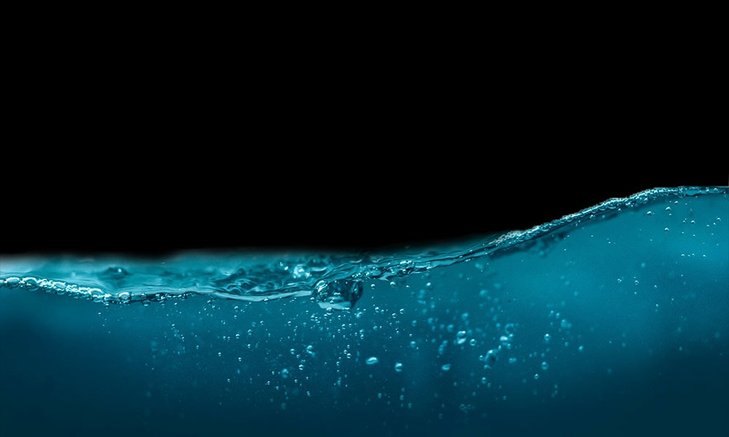
Virtual water
Virtual water, sometimes called indirect water, refers to the amount of water required to manufacture a product. For example, approx. 140 litres of water are needed for a cup of coffee and approx. 2700 litres of water for a cotton T-shirt.
At uvex
We measure water consumption in our plants and use this data to identify further potential savings. However, we understand nobody is perfect and we also began working on determining the water consumption in our supply networks in order to promote the responsible use of water there as well.